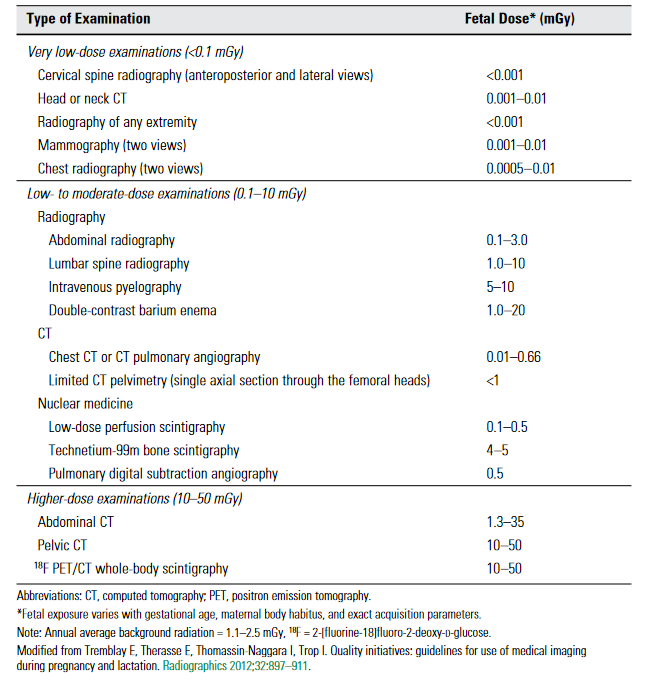NEUROIMAGING
Neuroimaging During Pregnancy and Lactation
Updated on 21/03/2024, published on 08/09/2023
- ultrasound and magnetic resonance imaging (MRI) are not associated with increased risk and are the preferred imaging modalities for pregnant women (ACOG Guidelines 2017)
- still, both methods should be used with caution (especially MRI) and only when there is a relevant clinical question that needs answering or when medical benefits to the patient can be expected



